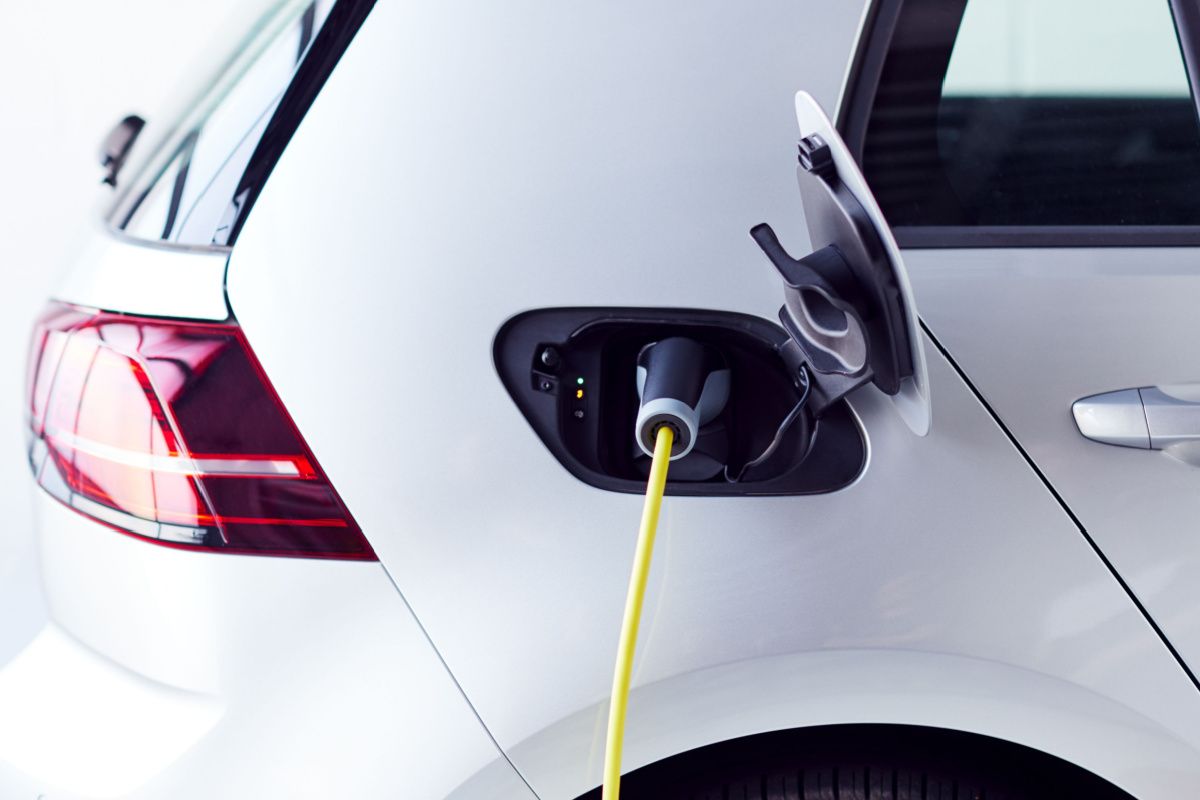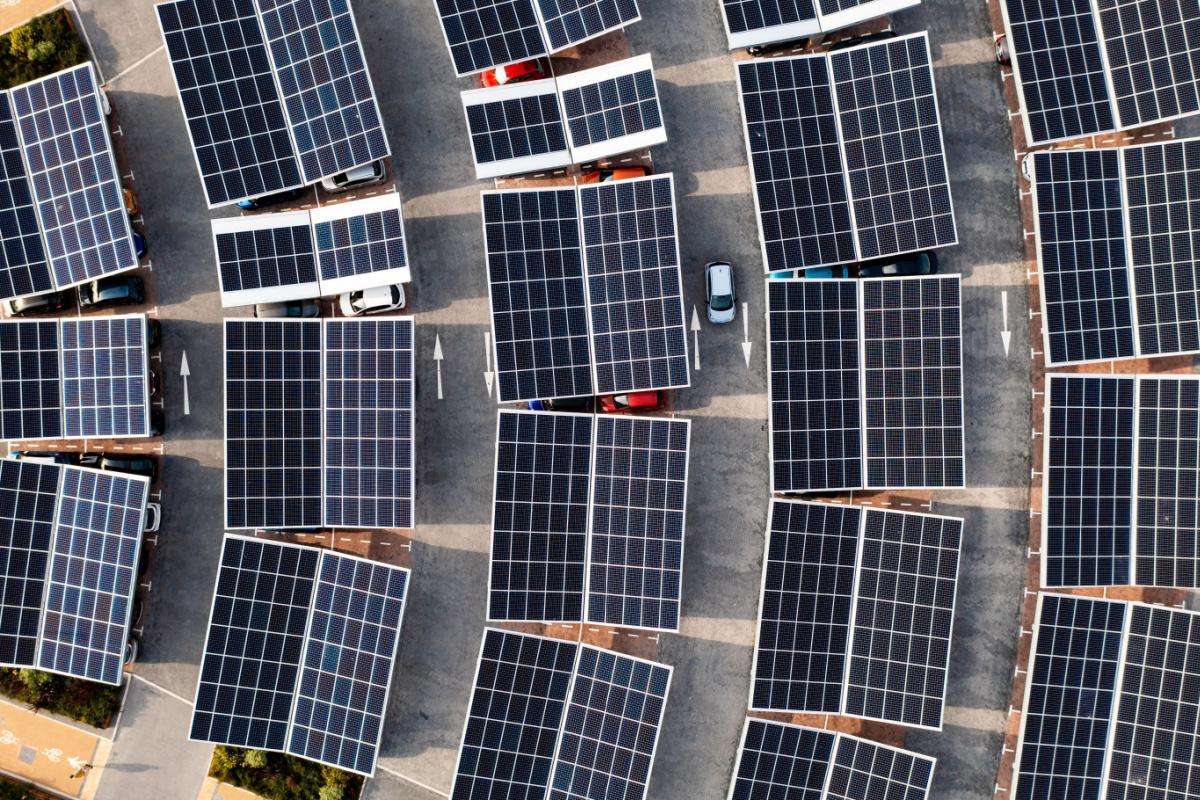This website uses cookies so that we can provide you with the best user experience possible. Cookie information is stored in your browser and performs functions such as recognising you when you return to our website and helping our team to understand which sections of the website you find most interesting and useful.
Dig deeply enough among auto manufacturers’ websites and marketing materials, and you’ll discover as many promises about vehicle sustainability and environmental impact as performance or executive comfort.
Is the automotive industry paying lip service to consumer demand, or can they make sustainable manufacturing and greener vehicles viable long-term?
This article finds out how environmental impact pledges from some of the industry’s leading players are playing out as automakers collectively look to greener business models.
Pledges and promises
Major manufacturers have set out environmental impact targets of varying scope, ambition and detail.
Volkswagen’s New Automotive (NEW AUTO) Industry Strategy is among the most ambitious. First unveiled by the group in 2016, NEW AUTO set out ambitious plans for the group to become a leading EV player by 2025. VW appears to have pulled into the fast lane with this promise—the world’s largest auto group is ranked fifth among the largest EV manufacturers by global units sold.
In November 2021, VW reaffirmed its NEW AUTO commitment with plans to transform the group into a software-driven mobility company. In addition, VW says it will reduce its carbon footprint by 30% per vehicle compared to 2018 figures by 2030, when EVs will account for half of the group’s product line.
VW also promises 100% zero-emission vehicles in all major markets by 2040 and full climate neutrality across the group by 2050 in line with the Paris Climate Agreement. VW isn’t alone in setting out bold environmental promises. Toyota is currently the second-largest EV manufacturer after Tesla. The manufacturer promises carbon neutrality across all its European plants by 2030, followed by a 100% reduction in CO2 from all new vehicles in Western Europe by 2035.
Toyota also plans to eliminate CO2 emissions from the entire vehicle life cycle by 2050—a promise echoed by many manufacturers, including Volvo, BMW, Ford, General Motors and more.

Pledges in practice
So how are they performing? A closer look at activity from some of the largest manufacturers already shows a promising move towards more sustainable vehicles and production processes.
Towards e-mobility
In 1997, Toyota showed extraordinary foresight with the launch of the Prius—the world’s first mass-market hybrid. The company says it will continue its journey by putting 5.5 million electric vehicles on the road annually, of which at least 1 million will be zero-emission. By doing so, Toyota hopes to reduce vehicle emissions by 90% compared to 2010 figures.
VW is also focussing on its e-mobility portfolio. The German carmaker plans to phase out purely combustion-driven vehicles after 2026, to focus solely on EVs. VW says nine out of 14 of its cars will be EVs by 2030.
BMW has pledged to expand its current range of around a dozen EVs from this year, promising they will no longer remain a ‘niche segment’. It is also exploring the small-scale production of its iX5 hydrogen-powered vehicles.
Low-carbon manufacturing
According to figures from Environmental Protection UK, manufacturing currently accounts for at least 10% of CO2 emissions over the average vehicle’s lifespan. However, EV production emissions can be up to 50% higher than those from combustion vehicles. Therefore, manufacturers must explore more sustainable manufacturing processes or see the environmental benefits of electrification cancelled at production.
We’ve already reported on how VW group’s impressive new manufacturing plant in Ingolstadt, Germany, is putting modular manufacturing principles to work to fulfil its zero-emission promise.
Meanwhile, at VW competitor BMW’s innovative Landshut facility, it isn’t just the vehicles rolling off the production line that are fully electrified: The factory is equipped with a fleet of automated electric forklifts, tow trucks and other production vehicles. These, along with LED lighting, eco-habitats for wildlife and other green initiatives at Landshut, are part of BMW’s drive to lower global CO2 emissions at its production facilities by 80%.
New materials, circularity and recycling
BMW describes the circular economy as ‘the gold standard on how to deal with resources’. Its new road-ready M4 GT4 is a tantalising glimpse of how innovative new materials might transform the automotive industry by improving vehicle performance at the same time as sustainability stats.
BMW’s commitment isn’t confined to its high-end motorsport models: At Landshut, the group has committed to sourcing aluminium produced by solar power, reducing CO2 emissions in its supplier network by 20% by 2030. It has also committed to cutting CO2 emissions by some 400,000 tonnes with the use of low-carbon steel at European plants by 2030.
This is just one example of how automakers are looking to sustainable materials, which has seen manufacturers exploring recyclable plastic and vegan interiors as a starting point for joining the circular economy.
Toyota has pledged to increase its use of recycled plastic threefold by 2030. Its recyclable PU-based SofTex® leather alternative—set to become standard across all models over the next decade—represents an 85% CO2 efficiency over leather, producing 99% fewer volatile organic compounds over its lifespan.
Automakers are also giving increased thought to what happens to vehicles at the end of their lifespan—with strategies such as closed-loop recycling in which waste material is repurposed to make new parts and components. Volkswagen says aluminium waste recycling at its Slovakia plant has shaved more than 195,000 tonnes from its annual carbon footprint without compromising the quality of materials used.

Sustainability tipping point?
The strategies outlined here represent a tiny fraction of the overall efforts of the industry to reduce its carbon footprint over the coming decades. However, even with the combined efforts of all the automakers in the world, the wholesale decarbonisation of a $3TN global industry won’t happen overnight.
The timescales set out by automakers bear this out. With plans to achieve their most ambitious targets spanning beyond the coming years and decades to 2050 and beyond, it’s clear that players like VW, BMW, Toyota and others are committed to a long-haul journey.
Only time will tell whether their efforts will prove viable in the long-term. But with so much capital, time and ingenuity already invested in turning the sector around, the next generation will likely see today’s efforts as a historic turning point.
Sustainability can be sustainable
Sustainable design and manufacturing processes will transform the automotive industry beyond recognition over the coming decades.
Contact Dalroad’s independent automotive engineers to discover a more sustainable approach to your vehicle production and design workflows today.

